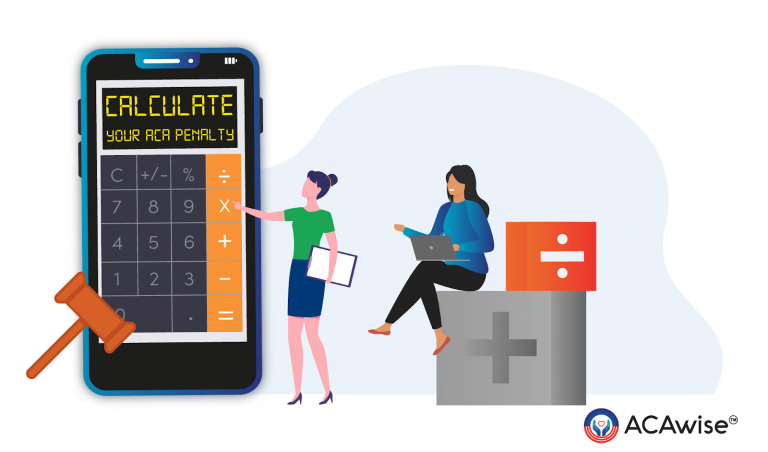Estimated reading time: 10 minute(s)

Have you heard of the Letter 226J, or have you received one from the IRS regarding your failure to comply with ACA related requirements? This letter from the IRS is not an empty threat or a friendly notification.
How you respond to this notice may be the difference between making an arrangement with the IRS and being hit with sky-high penalties.
Here is what you need to know about the Letter 226J in order to handle it properly.
What is the Letter 226J?
The Letter 226J is a notification that the IRS sends to Applicable Large Employers (ALE) whom have failed to meet the ACA requirements for health insurance coverage. Therefore, they are potentially liable to paying an Employer Shared Responsibility Payment or ESRP. Click here to calculate the ESRP penalties.
Why Does the IRS Send this Notice?

The IRS likely discovered that you were not offering eligible full-time employees either:
- Health insurance coverage that is affordable
- Health insurance coverage that meets minimum essential coverage (MEC)
Because you didn’t offer health insurance coverage, or offered unaffordable health insurance coverage, your employee was able to get a better deal on the Health Insurance Marketplace. The IRS became aware of this when your employee qualified for a premium tax credit from the government.
You may also receive this notice if you have provided incorrect information on the Forms 1094 and 1095 that you submitted to the IRS.
When Should You Respond?
The IRS will give you a 30 day window in which you can respond in a variety of ways that will be discussed later in this article. The main takeaway here is that you should respond as soon as possible. If you fail to respond to this notice, there will be no more seemingly friendly reminders.
The next action by the IRS will be to send you a penalty notice, the CP220J. This is a notice of a penalty levied against you. There is no negotiation at this point in the process. Your only options to avoid additional charges is to make a penalty payment or set up a payment plan with the IRS.
As you can see, this makes the Letter 226J a crucial part of the process. Only ALEs that act in good faith and respond in a timely manner will have the opportunity to work with the IRS. This is the only option to lessen the penalty.
What Options Do You Have?
After receiving the IRS Letter 226J you should look it over and see what is missing from your reporting and what are the grounds for your penalty. If you are able to supply this missing or incorrect information, do so as soon as possible.
The IRS will include instructions on the next steps in the process, be sure to review these completely.
After reviewing the Letter 226J completely you basically have two options. You can agree with the penalty that the IRS has proposed or you can disagree using the response form that was included with your letter.
If you disagree with the proposed penalty, you will need to provide an explanation and information to back up your claim.
ACAwise Can Help
If you have received a Letter 226J in the mail and you are unsure how to proceed, feel free to reach out to the team at ACAwise. Our experts have years of ACA compliance experience and we are here to help you through the process.
If you need assistance with prior year filing to prevent possible penalties, our team can handle this for you.
Looking for a complete reporting solution so that you never reach the point of IRS penalties? We offer basic and complete e-filing services based on the specific needs of your organization.



Leave a Comment